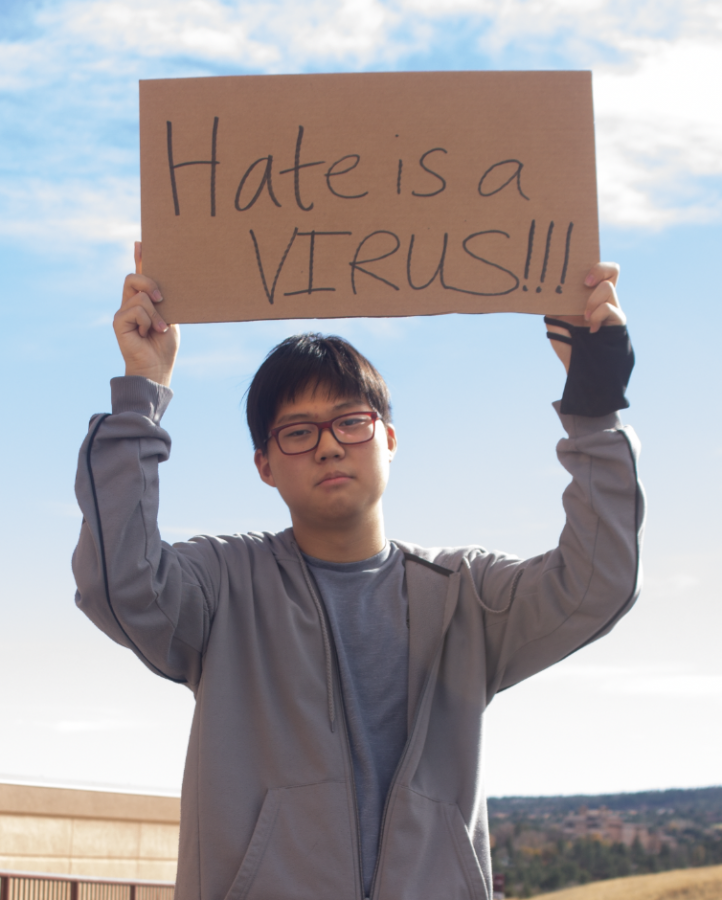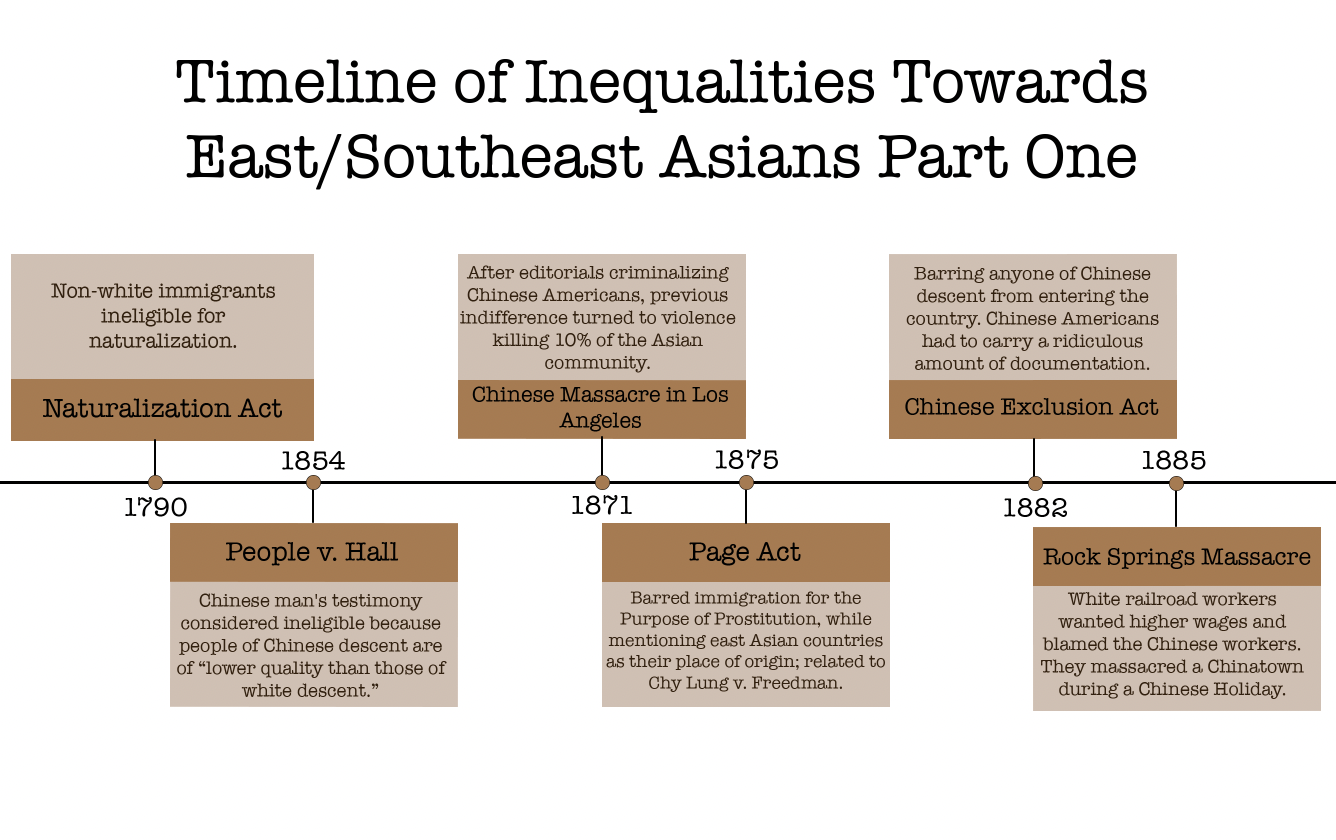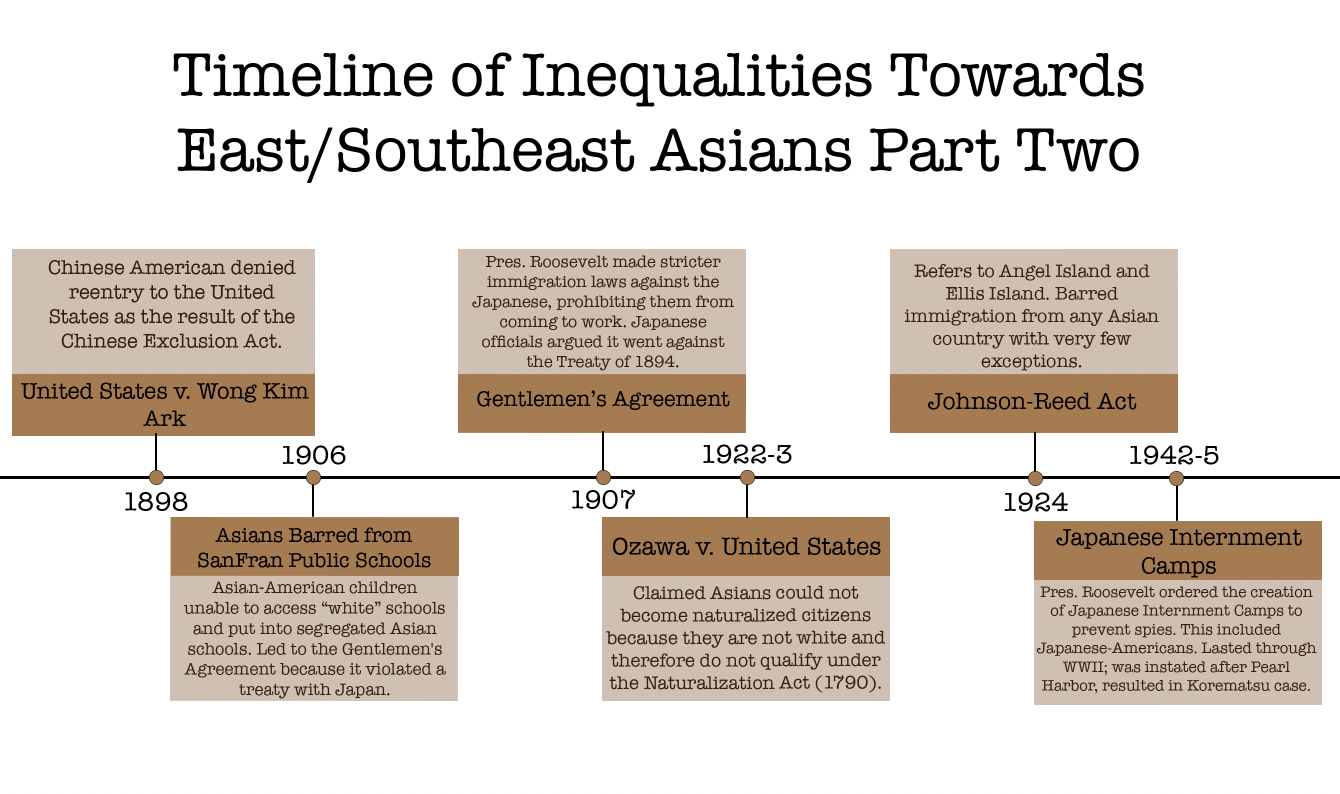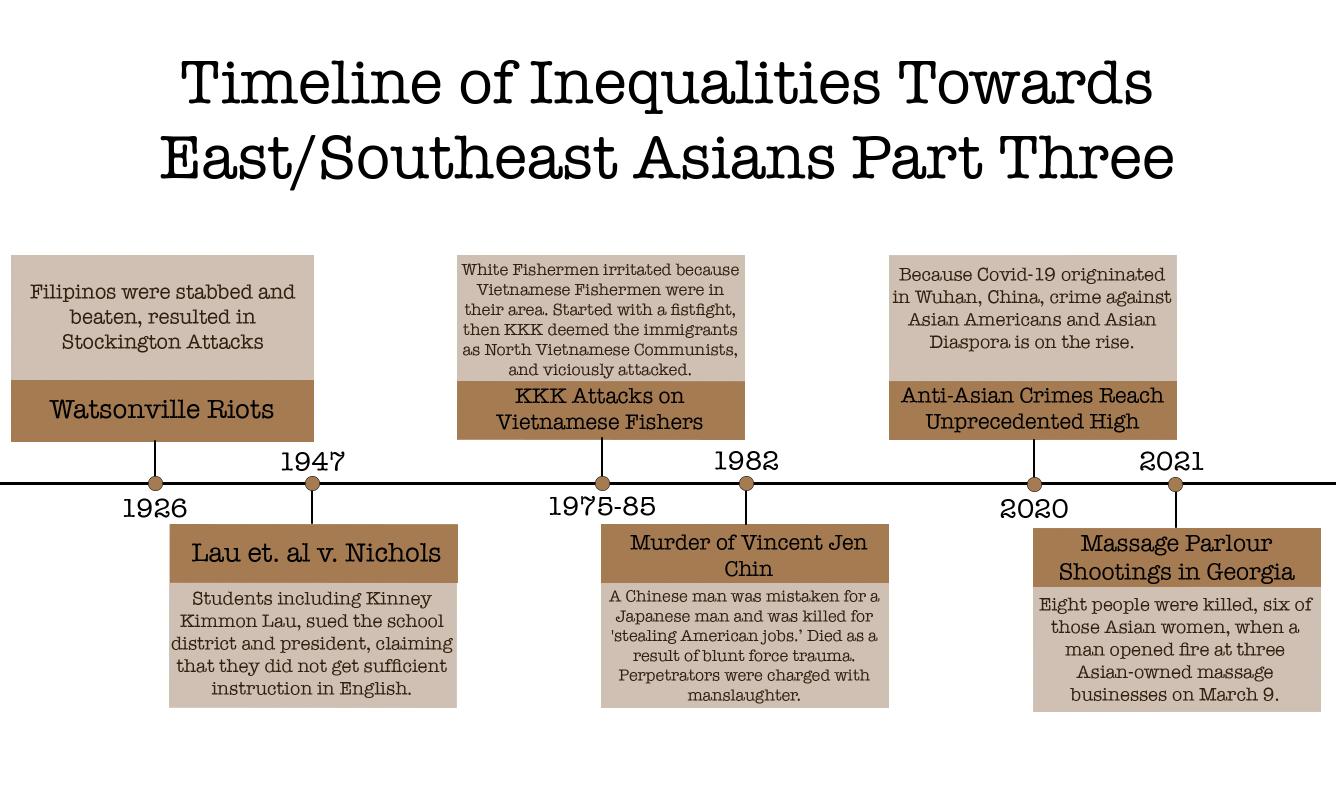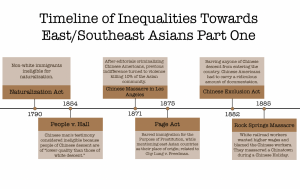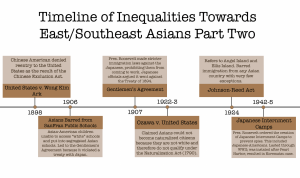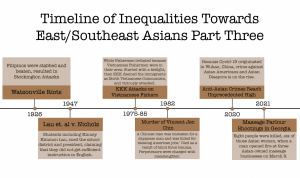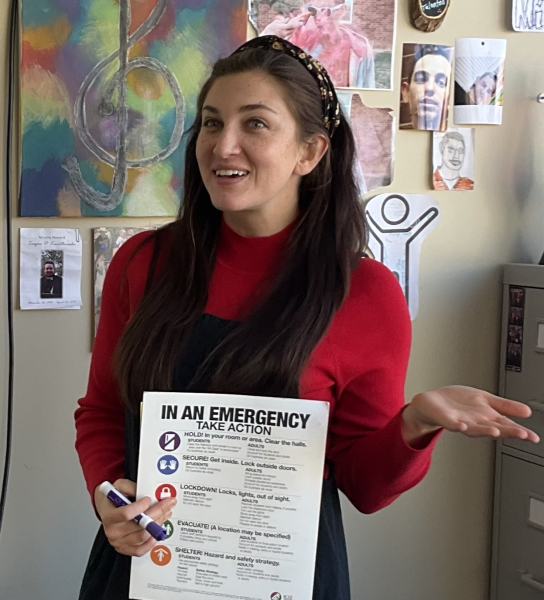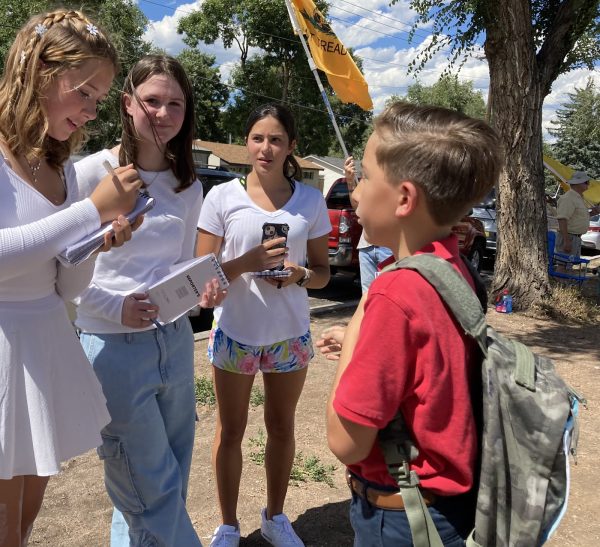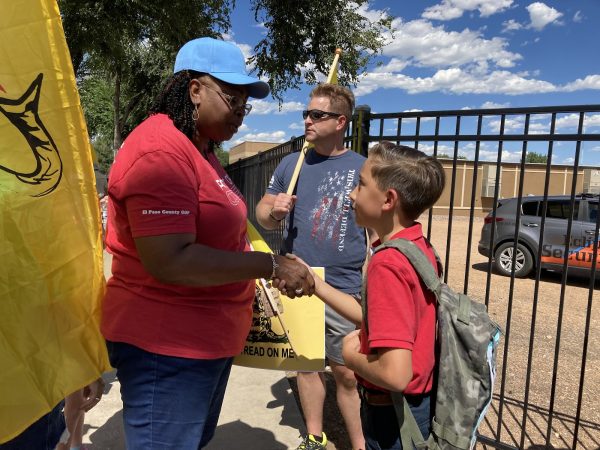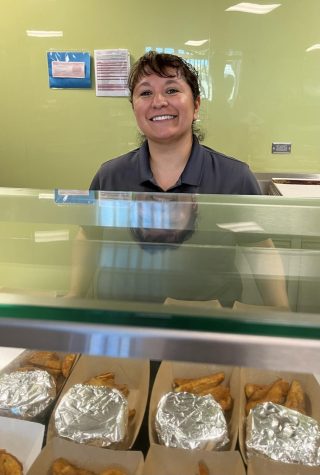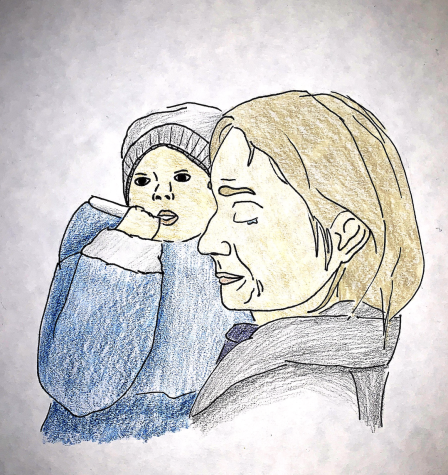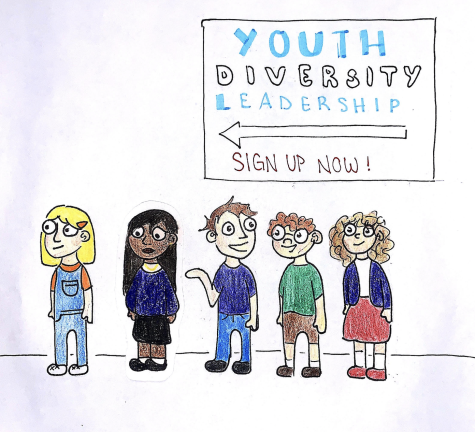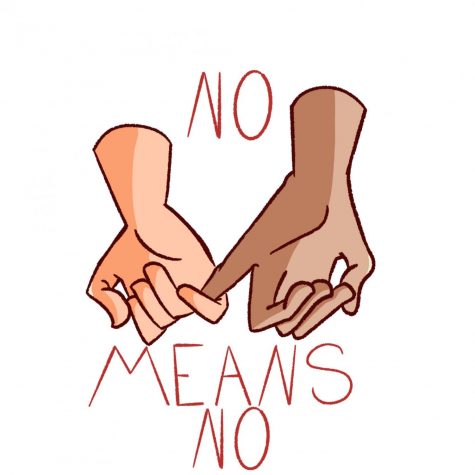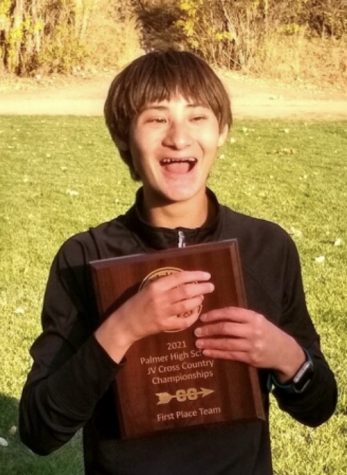Racism: A COVID-19 Variant
The world is experiencing one of the worst pandemics in history, including a significant spike in hate behavior against Asian Americans.
*Notes name change
**Notes pronoun change
+++Notes “Asian” refers to East and Southeast Asians
Paranoia, isolation, and the daunting uncertainty of losing a loved one amidst the pandemic hung over the heads of many.
COVID-19 was not the only cause for death in the Asian Community during quarantine: racism and hate ran rampant and claimed the lives of many Americans.
In more than one way, some Asian Americans are the victims of more than one virus.
Since the beginning of the COVID-19 pandemic, Anti-Asian hate has spiked at 715% across the United States. The fear of becoming the next victim of a hate crime, slurs, and other microaggressions has increased drastically.
What’s more, Colorado ranks 13th in the nation for violence against Asians, peaking at 149% in 2020 alone.
Out of 83 Cheyenne Mountain High School students surveyed on racism against Asians, one-third (12 students, all of which identified as non-Asian) have not witnessed racism towards Asians. All of the respondents who identified as Asian reported experiencing racial discrimination.
In March of 2020 there were 650 acts of violence against Asian Americans in one week alone. They ranged from cashiers in Seattle refusing to check out an Asian customer, coughed at, spit on, told to leave, to verbal and online harassment.
In March of 2021, the Massage Parlor Shootings in Atlanta, Georgia is just one example of the incidents of Asian hate since the pandemic surfaced. The perpetrator Robert Aaron Long blamed his eight counts of murder on sex addiction. As Long bypassed strip clubs he deliberately targeted the massage parlor, revealing his racial motivations behind the murders.
Although hate and racism against Asian people is not exclusively a product of COVID-19, it is no doubt rooted in American history and culture. Bias against Asians has been used to justify virus-related hate as early as the 2003 outbreak of SARS (Severe Acute Respiratory Syndrome, an illness related to COVID-19; also caused by a coronavirus).
From public figures naming the virus “Kung-Flu,” demands to defund PBS for Asian Muppets to publicly blaming social distancing regulations on China, COVID-19 is yet another example of shifting blame to Asians for inducing viruses. Resulting in beatings, attacks, and threats. For some COVID-19 has become an excuse for violently racist actions.
A Life in Fear
A Cheyenne Mountain student who wished to remain anonymous remarked that they** have been sexualized, called slurs, and told to “go back to [their**] country” due to their race.
For Alex* racial jokes have become the norm. Alex* laughs in response to prevent social isolation and ridicule. They** are called “sensitive” whenever they** are affected by racism.
“Why am I sensitive for not wanting to be called slurs? Why am I sensitive for not wanting to get beat up? I’m sorry that I can’t handle possibly getting killed!” Alex said. “I know that if I don’t laugh, I’ll be isolated and singled out. Especially since diversity is so low here. No one would be here to help me.”
According to the website 78% of Cheyenne students are white and only 5% are Asian.
“Racism has definitely gotten worse since the start of COVID-19,” Alex* said in response to the pain Alex* and their** family have experienced.
They** emphasized, “I’ve had family beat up for this thing. From just going to work. … I’m scared for myself and for my family members: Is this the day I’m going to lose my mom? Is this the day my little cousins won’t make it to their tenth birthday? It’s rare that people think that, but it’s on my mind every day.”
Alex* feels that in comparison to other schools they** have attended, Cheyenne Mountain ranks the worst for its racism.
Alex* advises Cheyenne Mountain students to think about what they say and to “educate [themselves] and appreciate other cultures. Be open and welcoming, as well as acknowledge that there could be racism around. But don’t be a white savior when trying to help. If you hear slurs, call people out. People are more likely to listen to other white people than to minorities.”
Especially with the use of social media platforms, individual voices calling out racism can make a radical difference and increase awareness. Influencers should raise awareness of xenophobia.
The Appearance of Normalized Racism
This racial imagery is over 100 years old and began long before COVID-19. As far back as 1854 in the Supreme court case People v. Hall, the court ruled that Chinese people were not allowed to testify in court in effect the court took away the rights of Chinese people. Since then, Chinese people have experienced hate but could not speak out- an ideology that seems to continue today, in fact some fear sharing their feelings.
Cheyenne student Cameron* claims they** weren’t surprised when Asian American hate crimes increased as a result of COVID-19.
“It’s upsetting to hear, but I wasn’t surprised by it. After all the awful rhetoric Asians have been seeing since COVID-19, I knew something bad was going to happen eventually,” Cameron* said.
Many argue that Asian hate and Xenophobia are not acknowledged. Cameron* thinks, “Cheyenne needs to be more accepting, especially of people who are a part of marginalized groups … this is a very privileged area and we have very privileged people at this school and … a lot of people don’t understand [what] those marginalized groups go through. If they took the time to educate themselves, or talk to their friends who are in those marginalized groups, they would be able to better understand what some of us go through and would be able to better help us.”
For some the rise in violent hate crimes is not surprising because some Asians as a minority group have been mocked since early childhood. The harassment doesn’t seem to lessen with age, many students noticed that their parents, too, experience racism.
Cheyenne Mountain Junior Hanna Park has been called slurs and has received hostile glances dating back to elementary school. Her mother has been mocked for her Korean accent.
Hanna believes while it may be true that Colorado has seen fewer occurrences of violent hate, she “fears that there are people out there who have bad intentions.”
Hanna stated that when one grows up Asian in America, “you have to change the way you talk, the way you dress, and pretend that English is your first language.”
Hanna and her mom aren’t the only Asians who have received verbal aggressions. For over 100 years, Anti-Asian ideologies have been so pervasive in the United States that few fail to realize the racist rhetoric.
Student Frank* has dealt with multiple incidents of verbal aggression. One of these incidents of racism happened while he was standing in the grocery store checkout line. The couple standing in front of him said, “These [censored racial slur] keep starting all these problems” in response to COVID-19.
Frank* said that people say these comments villainized the Chinese people rather than the government.
“Since they are ignorant, they blame Chinese people,” he said. “[I find it] bizarre to hear in the past, and thinking when you’re younger that ‘it would never happen to me,’ but it’s happening now, and it could happen to me or other people.”
For most, being the victim of hate is rather inconceivable. However, for most Asians, hate is so prevalent that they have become accustomed to the unfair treatment.
Senior Olivia Yoo and her family continue to experience subtle racism. Olivia said that it is so frequent that she and her family have become desensitized to it. As a Korean immigrant, Olivia’s mother has an accent, and “people automatically assume [her] mom is of a lower status because of her accent.”
Assistant professor at Columbia University Merlin Chowkwanyun argues that blaming immigrants and racial minorities for diseases is a long standing tradition. In the early 1900s Irish immigrants were blamed for cholera. Chinese, Japanese, and Mexican immigrants were blamed for tuberculosis and smallpox outbreaks. Haitians were demonized for AIDS and HIV and in 1900 the Chinese were blamed for the bubonic plague in San Francisco. The city blocked off Chinatown preventing anyone from entering.
Olivia’s brother has also been the target of racism and has been bullied extensively in middle school because he is Asian.
Cheyenne Mountain Senior Jonah Kelley never noticed Asian racism prior to COVID-19, and has never experienced racism in school; however, after the pandemic, he has watched his family fall victim to racism. His family has received occasional verbal aggressions and glaring looks in stores.
Jonah recalls that when on an airplane, several people refused to sit next to him and his family presumably because they were Asian. These comments and looks have increased since COVID-19, heightening Jonah’s awareness.
A World of Microaggressions
Microaggressions, a type of racial comment often overlooked and deemed insignificant, are nonetheless harmful and shame Asians, and indicate the deeper seated racism that lies below.
Liam* says that racism is “more complex” and “you will notice certain hints of discrimination that we don’t always consider racism when we should” microaggressions are a large part of this overlooked complexity.
Junior Abi Stevens has been stereotyped and made fun of for her smaller eyes and darker skin color. Abi thinks that racist jokes are annoying, old, and overused and she felt as though “there wasn’t anything [she] could do about it.”
Abi has not recognized these microaggressions in high school, but she has noticed the racial stigma she faced that her white cousins did not.
Abi recalls the time she was kicked out of a cafe for failing to wear a mask, while her maskless white cousins were permitted to stay. Since then, Abi has been more aware of stares, funny looks, and the subtle racism she experiences.
To create a more open and accepting environment at school, Abi would like students to take effort into making students feel welcome.
Looking Through Rose Colored Glasses
For some Asians, it has been easier to remain silent out of fear rather than speak up against the racial transgressions.
Junior Josh Park said, “A part of me wants to ignore it, … wants to pretend the world is perfect, the world is fine. Ignorance is something everyone uses to protect themselves because no one wants to accept the world we live in. We want to think this world is perfect, that this world is good. Ignorance is easy, it’s the default, it’s easier to move on than to act. Ignorance … allows us to ignore what’s going on, and … to move on with our lives. In situations like this where we need to do something, we end up not doing anything because of our ignorance.”
He said, “We’re called the United States, but last year, we were more divided than ever. Saying it’s worse everywhere else doesn’t make sense on any level, it’s like saying ‘this problem is bad but we don’t have to fix it.’ We should worry about [ourselves], not other countries.”
During the rise in hate crimes, perpetrators generally targeted elderly Asians because they were less likely to report the crimes and could not defend themselves.
Josh advises people to stand up to the people who are committing these crimes. “Don’t go around beating up Asians! It’s frustrating that I have to say, ‘don’t beat up Asians,’ but I live in a world where I have to tell people beating up Asians isn’t okay- that makes me sick inside.”
Problems With The Model Minority Myth
Over a century old, The Model Minority Myth was constructed to depict Asians in a positive light. This generalization identifies Asians who are academically successful and prodigal at classical music, wealthy or somewhat economically prosperous. While it may be true for some, the myth doesn’t apply to everyone, and what people assume to be “positive stereotypes” can also be extremely harmful. Statistically, Asian Americans have the highest poverty rate in many American cities. New York City, which has an Asian American poverty rate of 29%, as of 2018 while the national poverty rate is 13.4%.
Many find the myth disingenuous and has driven a wedge between both majority and minority groups and minority groups themselves. We all know the proverbial wedge. The student who walks into the classroom and sees the Asian kid sitting in the corner and comments, “There goes the test curve.” The myth cannot account for variety among individuals.
Majority of Americans believe that the American Dream is attainable by everyone. However, the racist ideologies reveal the minorities and working class struggles to obtain it.
Many students like Kacey,* have been characterized by the myth. “Asians are always seen as the smartest people, and that puts a lot of pressure on me to do well. I have considered a ‘B’ for the longest time to be an ‘F,’” Kacey* notes.
Power of Online Voices
While the internet can be used to raise awareness and is a valuable resource of information, it can also be a hub to this type of dark humor and racism. There are over 100 social media platforms and between 32 and 38 million influencers.
Kacey* noticed that many people, especially online, use dark humor as an excuse for racist behavior. “This cover lets people say whatever they want, and when someone calls them out, they are told to take a joke… Dark humor is an absurd way to cover up hate,” Kacey* said.
The internet despises its dark alleys, can also be a powerful tool for change. Silence and inaction causes biased behaviors to proliferate. Instead, people need to take action against the racial abuse and remember to think before they click. Once you post something on the internet, it can never be erased.

